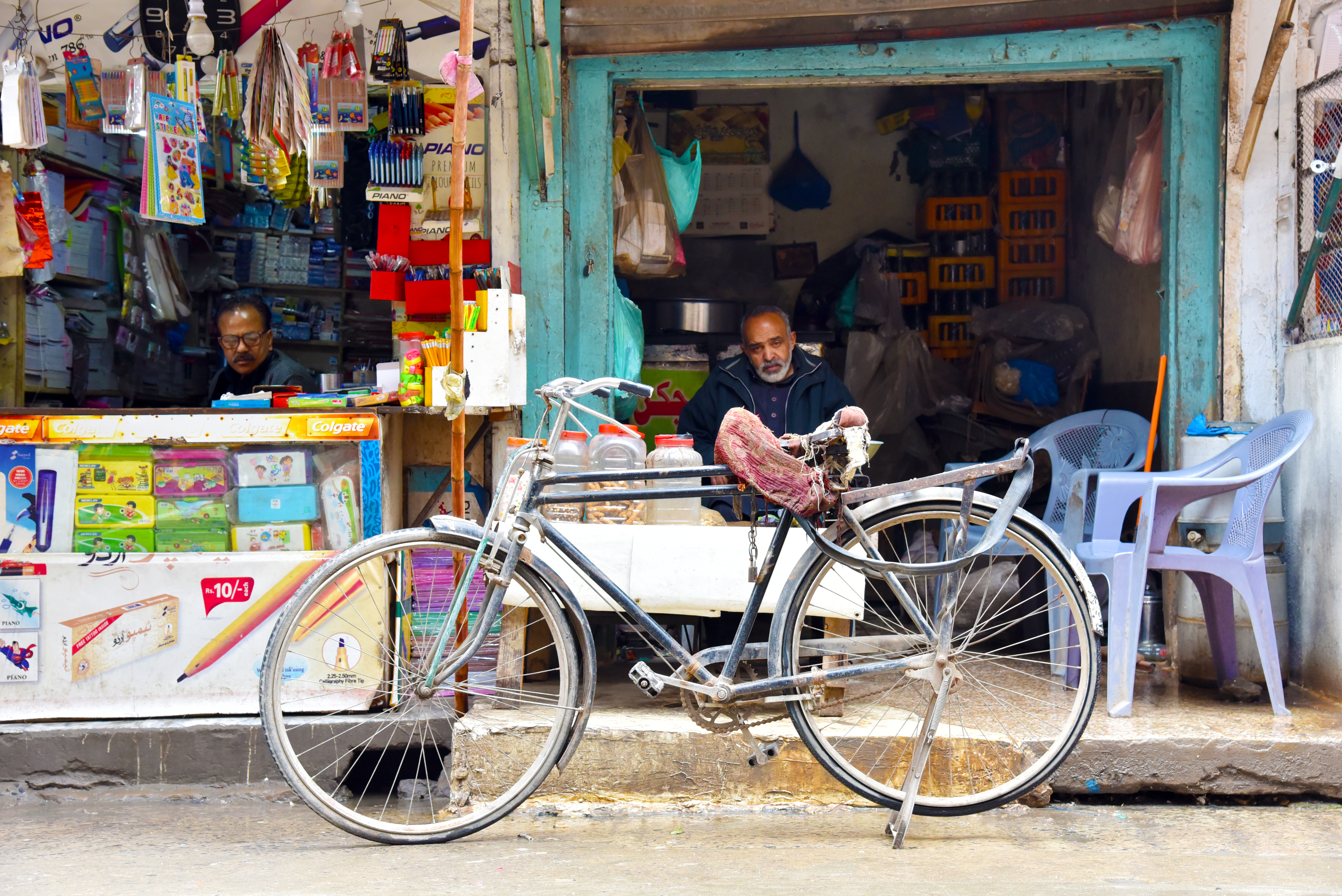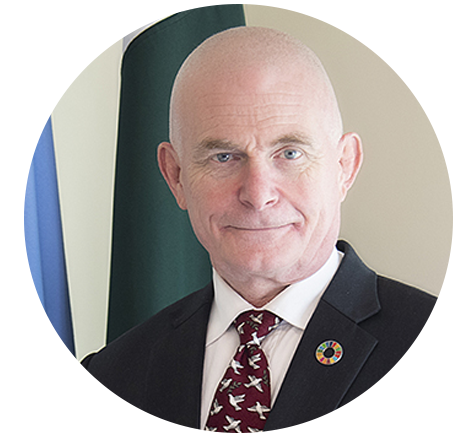© UNDP / Asfar Hussain Shah
When I arrived in Pakistan as a UNDP surge staff one week after the deadly earthquake in 2005, over 70,000 people had lost their lives and 3.5 million people had been affected. The winter was also around the corner, posing another threat to the lives, health and livelihoods of those affected. Amidst the urgent work for relief and recovery, it was impossible not to think of how some of the devastation could have been avoided.
UNDP Pakistan’s latest Development Advocate Pakistan report is entitled ‘Managing Crises, Mastering Resilience: The Pakistan Paradigm’, and explores this question in detail. It demonstrates how natural disasters and violent conflict expose and exacerbate vulnerabilities, such as poverty, inequality, environmental degradation, and weak governance. Pakistan is already vulnerable to these crises; it is the fifth most climate change affected country in the world, and ranks number 19 in terms of earthquake risks.
While Pakistan has made some improvement in human development over the years, it still only had a Human Development Index value of 0.557 in 2019, putting it in the ‘medium’ category, at 154 out of 189 countries and territories. The impact of crises and disasters undermines hard won progress made in human development, or at least slows it down. Therefore, progress in human development processes of a country cannot be sustained without building its resilience for effective crises response and management.
Two types of vulnerabilities influence human capabilities that can be leveraged to deal with trauma and crisis: life cycle and structural vulnerabilities. The former is a result of people’s past outcomes impacting their present, and their coping mechanisms. The latter are generated from socio-legal institutions, power structures, political traditions, and socio-cultural norms.
Since its independence in 1947, Pakistan has faced multiple crises – both man-made as well as natural disasters – and it has shown remarkable resilience at managing them. From the refugee crises in 1947 and 1979, to super floods; from earthquakes to war against terror, and displacement of people; from the financial crises of 2008 to the onset of the COVID-19 pandemic last year, the country has confronted more than its fair share of catastrophes that have left serious and protracted socio-economic and human development challenges in their wake.
Structural vulnerabilities are further manifested through deep inequalities and widespread poverty. In Pakistan, 38.3 percent of the population (81,352 people) is multi-dimensionally poor, while an additional 12.9 percent is classified as vulnerable to multi-dimensional poverty. Predictably, these segments get hardest hit at times of crisis, such as the ongoing pandemic.
The COVID-19 pandemic has emerged as the latest test for Pakistan’s capacity for crisis response and resilience. Through controlling measures via lockdowns and awareness campaigns, this health crisis has seen Pakistan doing relatively better compared to other countries in the region. While a steady vaccination drive has been put in place, the government rightly maintains a cautious outlook as many socio-economic challenges – including increased poverty and unemployment – remain high.
Today, global policy communities are keenly looking at how social protection models – including unemployment insurance, pension programmes, universal basic income, and labour market regulations – can provide coverage against global risks, crises, and adversity that have become a permanent feature of the human experience. To reduce the fragility and vulnerability of its population in the face of protracted and emerging threats, Pakistan needs policies, resources, and capabilities that can build structural and societal transformation to increase its national resilience, coping mechanisms (both assisted and self-help), resourcefulness, and national resolve to build back better.
Author:
Knut Ostby
Resident Representative,UNDP Pakistan

 Locations
Locations





